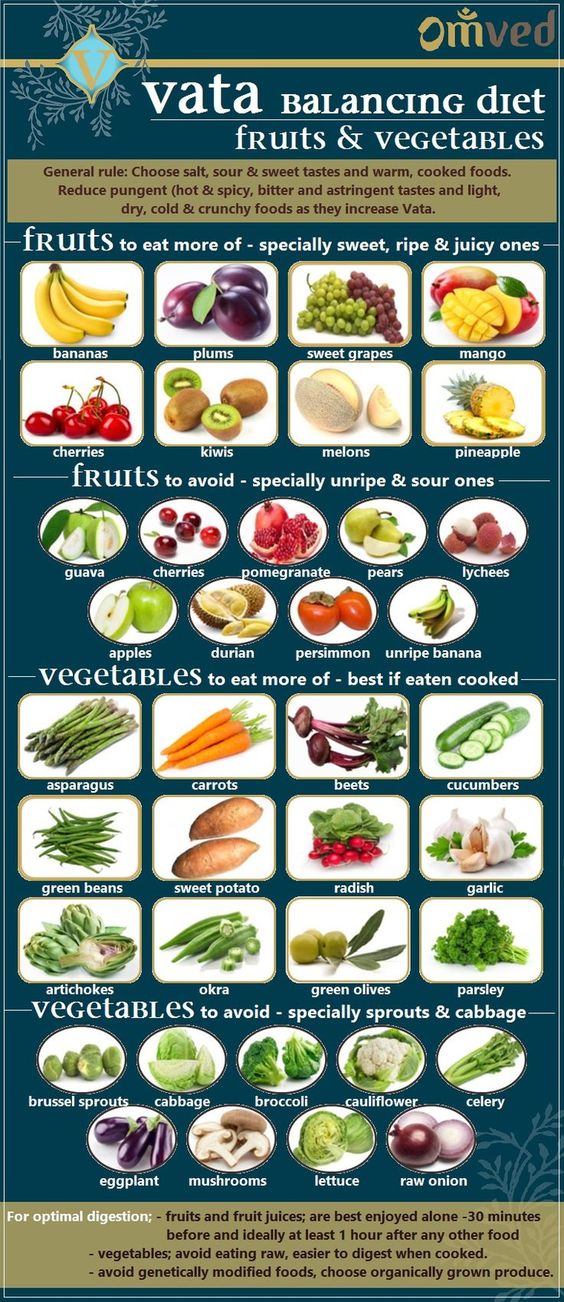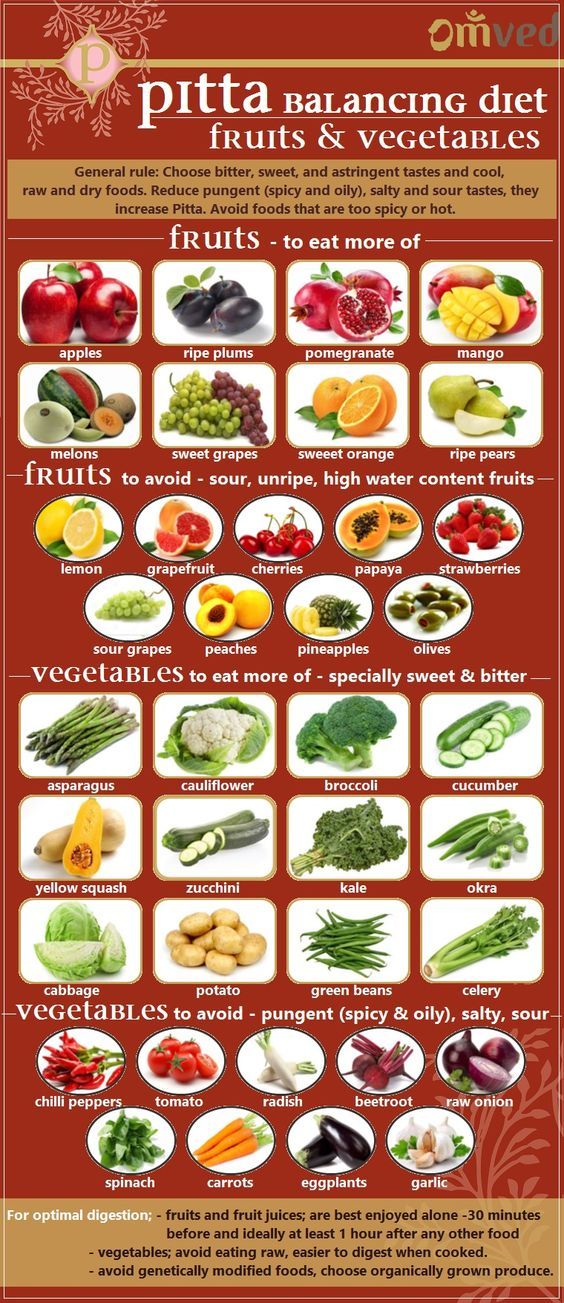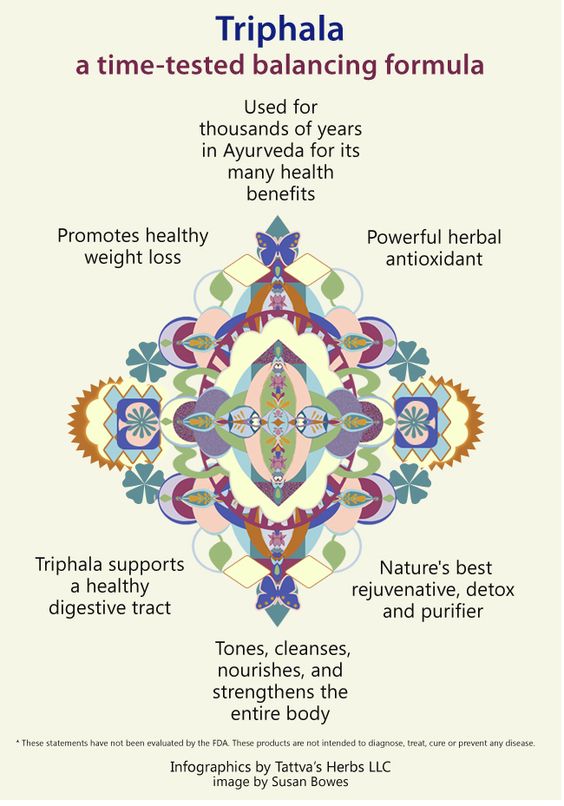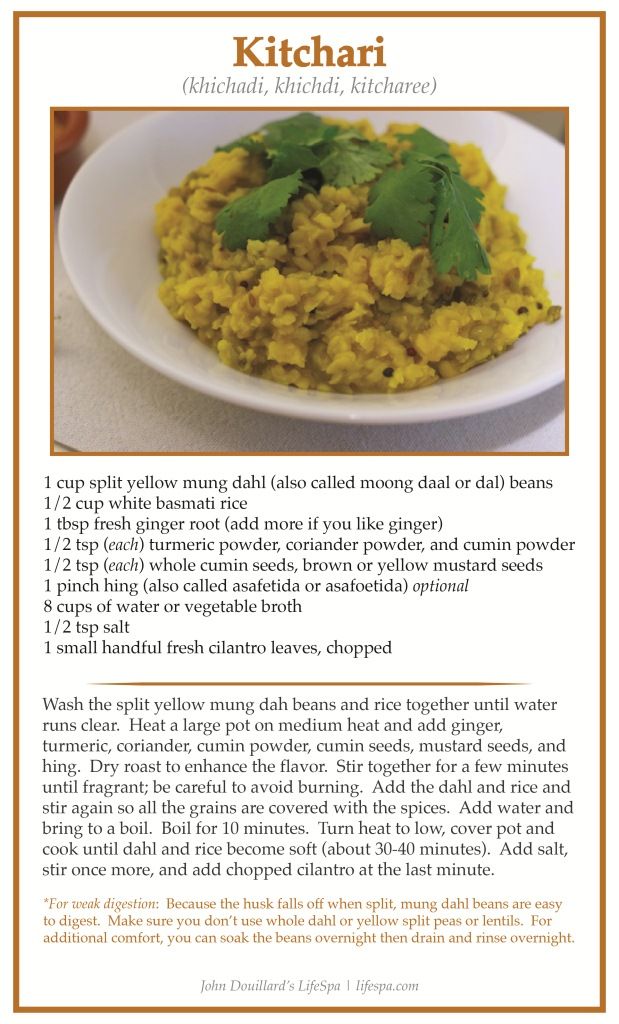What is Ayurveda?
Ayurveda is composed of ayus which means "life", and veda which means "knowledge" or "science". Ayurveda is thus the Science of Life, Knowledge about Life or a Sensible Way of Living based on Knowledge.
What is meant by therapy?
It derived from Greek word(therapie) means service. Phytotherapy means Phyto=Plants and theraphy means service altogether service through plants or healing with plants. Ayurveda is a phytotherapy.
Ayurveda is the concept of living harmony with plants. Plants give us Food, Oxygen, Wood for - building houses; objects; paper, Medicines(herbs), Flowers, Perfumes and cloths to cover us.They also giving recreation in parks. Plants are giving so many things to us. But what we are giving in return, answer is with you.
Ayurveda is not considered to be a state of freedom from all diseases, It is considered as uninterrupted happiness - physically, mentally and spiritually.
What is difference between Allopathy and Ayurveda?
Can Penicillin(antibiotic) given to healthy person? No Right. But All Ayurvedic products can be used on healthy person, no side effects.
Coming to topic, Our body is composed of three fundamental elements(Doshas / Dhatus)
Balance between 3 doshas are very important for good health. Vata is very active and drive passive Kapha and Pitta.
Vata can cause 80 disturbances in body when it is not balance.Vata governs air and space in our body. Ex: Pain, Hypertension, Heart pumping, Excretion, Paralysis are due to Vata
Pitta can cause 40 disturbances in body when it is not balance. Pitta governs Fire and Water. Ex: Body temperature, Digestive fire, Hunger, Thirst, Ulcers are due to Pitta
Kapha can cause 20 disturbances in body when it is not balance.Kapha governs Water and Earth(solid) Ex: mucus, joints, obesity, laziness, sexual power
It is important to understand these doshas(fundamentals) and dependency on each other.. Will explain in different view.
Our body is like Lightened Candle. Vata(Air+Space), Pitta(fire +Water), Kapha(Water+Soild).
What happens if we blow more air(vata) on this candle, Fire(pitta) will off and water(kapha) solidifies. This is imbalance of Vata(Air) and distrubing Pitta(Fire) and Kapha(Water).
What happens if fire(pitta) is more, All Wax(kapha) will burnout quickly and Air(Vatta) becomes hot.
What happens if Wax becomes Solid(kapha), Wick cant pull wax water and makes flame(pitta), flame will become dull and air(vata) becomes cool.
Vata: Quality Sleep • Supple Skin • Proper Elimination
Vata administers all movement in the brain and body. It controls bloodstream, end of squanders, breathing and the development of contemplations over the mind.
Since Pitta and Kapha can't move without it, Vata is viewed as the pioneer of the three Ayurvedic Principles in the body. It's imperative to keep Vata in great adjust.
Do you have to adjust Vata?
Vata dosha oversees stream and movement in the body. Answer these inquiries to check whether you have to adjust Vata.
- Do you stress ceaselessly?
- Is your skin dry, unpleasant, thin?
- Is it true that you are underweight?
- Is your mind always in a spin?
- Is it accurate to say that you are always anxious or disturbed?
- Do you encounter blockage?
- Do you experience the ill effects of a sleeping disorder?
- Do you experience the ill effects of vaginal dryness?
- Do you have spells of neglect?
- Do you encounter uneasiness in the joints?
- It is safe to say that you are effortlessly exhausted?
- In the event that you addressed yes to a large portion of these inquiries, you have to adjust Vata.
- Tips for Balancing Vata
- Abhyanga (every day ayurvedic massage with sesame oil).
- Warm temperatures.
- Warm, cooked nourishments (less crude sustenances).
- Early sleep time, bunches of rest.
- Support warm, slick, overwhelming foods and sweet, sour, and salty tastes.
- Decrease light, dry, cool foods and pungent, bitter and astringent tastes.
- Consistent day by day schedule.
- Keep away from stimulants.
- Consistent, day by day elimination.
- Remain warm in chilly, blustery climate.
Vata-Pacifying Diet
- Eat bigger amounts of food, yet not more than you can process effectively.
- Dairy. All dairy items placate Vata. Always boil milk before you drink it, and drink it warm. Try not to drink milk with a full supper.
- Grains. Rice and wheat are great. Lessen admission of grain, corn, millet, buckwheat, rye and oats.
- Sweeteners. All sweeteners are great (with some restraint) for assuaging Vata.
- Organic products. Support sweet, harsh, or overwhelming organic products, for example, oranges, bananas, avocados, grapes, fruits, peaches, melons, berries, plums, pineapples, mangos and papayas. Lessen dry or light organic products, for example, apples, pears, pomegranates, cranberries, and dried natural products.
- Vegetables. Beets, cucumbers, carrots, asparagus and sweet potatoes are great. They ought to be cooked, not crude. The accompanying vegetables are adequate in direct amounts in the event that they are cooked, particularly with ghee or oil and Vata-diminishing flavors: peas, green verdant vegetables, broccoli, cauliflower, celery, zucchini and potatoes. It's smarter to maintain a strategic distance from sprouts and cabbage.
- Flavors. Cardamom, cumin, ginger, cinnamon, salt, cloves, mustard seed and little amounts of dark pepper are worthy.
- All nuts are great.
- Beans. Lessen all beans, with the exception of tofu and mung dahl.
- Oils. All oils lessen Vata.
Vata Governs
- Prana Vata: The faculties, imaginative reasoning, thinking, energy, pioneer of each of the 15 classes of Vata, Pitta and Kapha.
- Udana Vata: Quality of voice, memory, developments of thought.
- Apana Vata: Elimination of wastes, sexual capacity, menstrual cycle.
- Samana Vata: Movement of food through stomach related tract.
- Vyana Vata: Blood stream, heart beat, sweat, feeling of touch.
Vata out of Balance
- Prana Vata: Worries, overactive personality, rest issues, trouble relaxing.
- Udana Vata: Dry hacks, sore throats, ear infections, general weakness.
- Samana Vata: Slow or fast absorption, gas, intestinal spasms, poor digestion, frail tissues.
- Apana Vata: Intestinal issues, menstrual issues, bring down back torment, abnormality, the runs, obstruction, gas.
- Vyana Vata: Dry or unpleasant skin, apprehension, unsteadiness, poor blood stream, stretch related issues.
Pitta: Even Temper • Healthy Hair • Decreased Acid
Pitta represents all warmth, digestion and change in the brain and body. It controls how we process foods, how we use our tangible observations, and how we separate amongst good and bad. Pitta administers the critical stomach related "agnis" or flames of the body.
Do you have to adjust Pitta?
Pitta dosha represents digestion and change in the body. Answer these inquiries to check whether you have to adjust Pitta. Is your skin bronzed and inclined to rashes and ejections?
- Do you have a tendency to demanding ?
- Is it true that you are frequently disappointed, irate or serious?
- It is safe to say that you are frequently crabby or restless?
- Is your hair rashly dim or diminishing?
- Do you wake up in the early hours and think that its hard to nod off once more?
- Do you feel inconvenience in sweltering climate?
- It is safe to say that you are a stickler?
- Do you encounter hot flashes?
- Do you have abundance stomach corrosive?
- Do you encounter free solid discharges?
On the off chance that you addressed yes to the greater part of these inquiries, you have to adjust Pitta.
Tips for Balancing Pitta
- Keep cool. Maintain a strategic distance from hot temperatures and food.
- Support cool, substantial, dry foods and sweet, unpleasant and astringent tastes.
- Lessen sharp, acrid, salty tastes and warm, sleek and light foods.
- Control; don't exhaust.
- Consider relaxation time.
- Normal mealtimes, particularly lunch at twelve.
- Abhyanga (ayurvedic oil knead) with a cooling oil, for example, coconut.
Pitta-Pacifying Diet
- Dairy. Drain, spread and ghee are useful for appeasing Pitta. Decrease yogurt, cheddar, acrid cream and refined buttermilk (their harsh tastes irritate Pitta).
- Sweeteners. All sweeteners are great with the exception of nectar and molasses.
- Oils. Olive, sunflower and coconut oils are ideal. Decrease sesame, almond and corn oil, all of which increment Pitta.
- Natural products. Support sweet organic products, for example, grapes, fruits, melons, avocados, coconuts, pomegranates, mangos, and sweet, completely aged oranges, pineapples and plums. Diminish sharp organic products, for example, grapefruits, olives, papayas, and unripe pineapples and plums.
- Vegetables. Support asparagus, cucumbers, potatoes, sweet potatoes, green verdant vegetables, pumpkins, broccoli, cauliflower, celery, okra, lettuce, green beans and zucchini. Diminish hot peppers, tomatoes, carrots, beets, onions, garlic, radishes and spinach.
- Flavors. Cinnamon, coriander, cardamom and fennel are OK. In any case, the accompanying flavors emphatically increment Pitta and ought to be taken just in little sums: ginger, cumin, dark pepper, fenugreek, clove, celery seed, salt and mustard seed. Stew peppers and cayenne ought to be kept away from.
Pitta Governs
- Alochaka Pitta: Functioning of the eyes.
- Bhrajaka Pitta: Healthy gleam of the skin.
- Sadhaka Pitta: Desire, drive, conclusiveness, deep sense of being.
- Pachaka Pitta: Digestion, absorption, digestion for solid supplements and tissues.
- Ranjaka Pitta: Healthy, poison free blood.
Pitta out of Balance
- Alochaka Pitta: Bloodshot eyes, poor vision.
- Bhrajaka Pitta: Skin rashes, skin break out.
- Sadhaka Pitta: Demanding, fussbudget, obsessive worker.
- Pachaka Pitta: Acid stomach.
- Ranjaka Pitta: Early turning gray, outrage, poisons in blood.
Kapha: Corrected Weight • Increased Energy • Decreased Congestion
Kapha administers all structure and lubrication in the brain and body. It controls weight, development, lubrication for the joints and lungs, and arrangement of all the seven tissues — nutritive liquids, blood, fat, muscles, bones, marrow and regenerative tissues.
Do you have to adjust Kapha?
Kapha dosha oversees structure and liquid adjust in the body. Answer these inquiries to check whether you have to adjust Kapha.
- Do you encounter sinus issues?
- Do you have a tendency to be overweight?
- Is it true that you are frequently finished settled and lazy?
- Do you rest extend periods of time, yet wake up unrefreshed?
- Are your skin and hair slick?
- Do you find that you are possessive and over-connected?
- Do you feel uneasiness in frosty, soggy climate?
- Do you feel apathetic, careless?
- Do you encounter swelling, water maintenance?
- Do you feel hardened and substantial, particularly toward the beginning of the day?
- Do you encounter clog?
- In the event that you addressed yes to the greater part of these inquiries, you have to adjust Kapha.
Tips for Balancing Kapha
- Energetic consistent exercise, a little every day.
- Warm temperatures.
- Crisp organic products, vegetables and vegetables.
- Support impactful, intense, astringent tastes and light, dry and warm foods.
- Lessen substantial, sleek, cool foods and sweet, harsh and salty tastes.
- Search out assortment and new encounters.
- Remain warm in frosty, soggy climate.
- Ahead of schedule to bed, right on time to rise.
- Abhyanga (ayurvedic oil rub) with a warm oil, for example, Olive or Sesame.
Kapha-Pacifying Diet
- Dairy. Low-fat drain is better. Continuously bubble drain before you drink it — which makes it simpler to process — and take it warm. Try not to take drain with a full feast or with sharp or salty food. You may include maybe a couple squeezes or turmeric or ginger to entire drain before bubbling it to help lessen any Kapha-expanding characteristics in the drain.
- Organic product. Lighter natural products, for example, apples and pears, are better. Lessen substantial or sharp natural products, for example, oranges, bananas, pineapples, figs, dates, avocados, coconuts and melons, as these organic products increment Kapha.
- Sweeteners. Nectar is magnificent for decreasing Kapha. Diminish sugar items, as these expansion Kapha.
- All beans are fine, aside from tofu.
- Lessen all nuts.
- Grains. Most grains are fine, particularly grain and millet. Try not to take excessively wheat or rice, as they increment Kapha.
- Flavors. All are fine, aside from salt. It expands Kapha.
- Vegetables. All are fine, with the exception of tomatoes, cucumbers, sweet potatoes and zucchini. They all expansion Kapha.
Kapha Governs
- Tarpaka Kapha: Moisture for nose, mouth, eyes and mind.
- Bhodaka Kapha: Sense of taste, which is fundamental for good processing.
- Kledaka Kapha: Moisture of the stomach lining for good processing.
- Avalambaka Kapha: Protects the heart, solid muscles, sound lungs.
- Shleshaka Kapha: Lubrication of the joints, delicate and supple skin.
Kapha out of Balance
- Tarpaka Kapha: Sinus clog, poor feeling of smell.
- Bhodaka Kapha: Poor feeling of taste, food desires because of absence of satisfaction.
- Kledaka Kapha: Impaired assimilation, poor retention.
- Avalambaka Kapha: Lethargy, respiratory issues, bring down back torment.
- Shleshaka Kapha: Weight increase, sleek skin, free or agonizing joints.
More Details about Vata Dosha

More details About Pitta Dosha

More details about Kapha

At last Identify body disturbance(dosha/ disease) like this

If you get ear pain... its related to vata dosha. Adjust your food related to vata
If you get constipation...Its related to vata dosha.
If you get ulcer in stomach its related to pitta dosha
if you get jaundice(liver problem) its related to pitta dosha
If you get cold, heavy mucus its related to Kapha dosha
If you get sour tounge its related to kapha dosha.
Like this identify disease and related to dosha and eat foods in the chart to overcome it.
Be prepare with seasons, each seasons aggravates specific dosha.
In summer Pitta(fire) aggravates so eat more pitta pacifying foods like watermelons in above pics.
In winter Kapha(solid) aggravates so eat more Kapha pacifying foods like radish, bell peppers.
In fall Vata(air) aggravates so eat more Vata pacifying foods like banana, garlic.
Is there any foods that balances all doshas in all seasons. Yes
There are many books in market
But the best which i found was
1)Triphala Powder.

2) Kitchari

You can search many recipes in internet or you can make many recipes with little bit of patience by reading above topic.
This group is platform, please understand the topic and discuss , make recipes share recipes.







